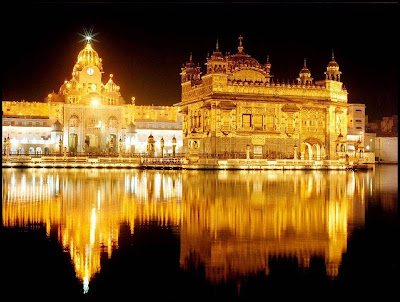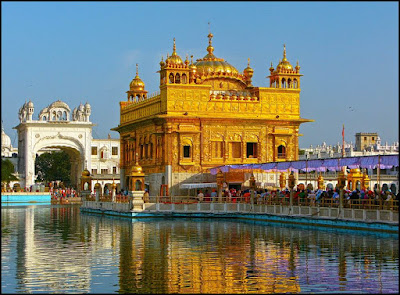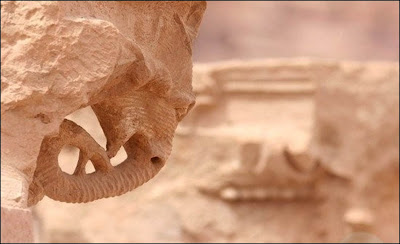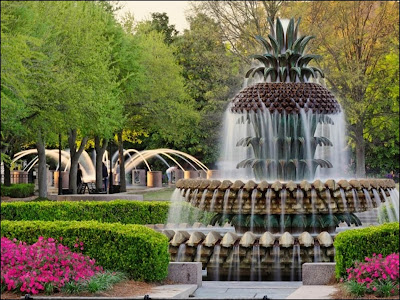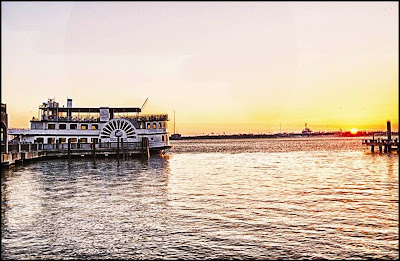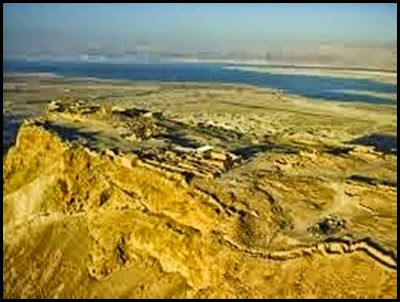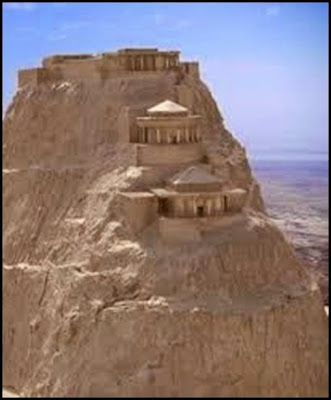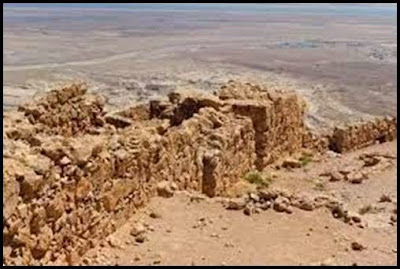By Asad Russel –
About the Abbaye aux Hommes, Caen, France:
In the 11th century by the William the conqueror was founded the Abbaye aux Hommes or the Abbey for Men. In Caen the Eglise St-Etienne is the finest Romanesque abbey church.
The history of the Abbaye aux Hommes:
For the same reason the Abbaye aux Dames who founded the Matilda, cousin of the William the Conqueror for marrying her as the penance in 1067 was founded the Abbaye aux Hommes. In the church was buried himself the Conqueror. In 1202 the original Romanesque sanctuary was replaced by the Early Gothic choir, for many subsequent choirs it became the model. During the Wars of Religion in 1562 by the Huguenots was destroyed the tomb of William the Conqueror and was recovered a hipbone only. Then in the French Revolution was scattered the last dust of the William. In the 18th century were made the additions of the abbey and now of the City Hall are the parts of its elegant buildings. In World War II of the Allied invasion during the height, for protection in the St-Etienne Church huddled the residents of Caen.
At the Abbaye aux Hommes what to see:
From the local Caen stone which also used in the Tower of London, in the Westminster Abbey and in the Canterbury is made the church of the Abbaye aux Hommes and is the masterpiece of Norman Romanesque, with the Gothic spires topped by the twin Romanesque towers flanked with a severe unadorned façade, the “city of spires” the nickname of Caen to earn these helped. Over the crossing there is another tower of Romanesque. To Gothic on the way a transitional vault with a sexpartite vault of the 11th century there is a ling Romanesque nave inside. The site of the tomb of William the Conqueror marks in the choir an inscribed marble slab. There is other notable sights which includes the elaborate staircase of wrought-iron and the hand-carved doors of wood.
There are the abbey buildings on the south adjoining the church, in the 18th century which were rebuilt. By the Lycee Malherbe they were occupied after the Revolution and the Town Hall now houses. With the paintings of town’s collection, fine paneling and wrought-iron are decorated richly the abbey rooms. A large refectory there is also, of the church towers a nice view provides the cloisters.
About the Abbaye aux Hommes, Caen, France:
In the 11th century by the William the conqueror was founded the Abbaye aux Hommes or the Abbey for Men. In Caen the Eglise St-Etienne is the finest Romanesque abbey church.
The history of the Abbaye aux Hommes:
For the same reason the Abbaye aux Dames who founded the Matilda, cousin of the William the Conqueror for marrying her as the penance in 1067 was founded the Abbaye aux Hommes. In the church was buried himself the Conqueror. In 1202 the original Romanesque sanctuary was replaced by the Early Gothic choir, for many subsequent choirs it became the model. During the Wars of Religion in 1562 by the Huguenots was destroyed the tomb of William the Conqueror and was recovered a hipbone only. Then in the French Revolution was scattered the last dust of the William. In the 18th century were made the additions of the abbey and now of the City Hall are the parts of its elegant buildings. In World War II of the Allied invasion during the height, for protection in the St-Etienne Church huddled the residents of Caen.
At the Abbaye aux Hommes what to see:
From the local Caen stone which also used in the Tower of London, in the Westminster Abbey and in the Canterbury is made the church of the Abbaye aux Hommes and is the masterpiece of Norman Romanesque, with the Gothic spires topped by the twin Romanesque towers flanked with a severe unadorned façade, the “city of spires” the nickname of Caen to earn these helped. Over the crossing there is another tower of Romanesque. To Gothic on the way a transitional vault with a sexpartite vault of the 11th century there is a ling Romanesque nave inside. The site of the tomb of William the Conqueror marks in the choir an inscribed marble slab. There is other notable sights which includes the elaborate staircase of wrought-iron and the hand-carved doors of wood.
There are the abbey buildings on the south adjoining the church, in the 18th century which were rebuilt. By the Lycee Malherbe they were occupied after the Revolution and the Town Hall now houses. With the paintings of town’s collection, fine paneling and wrought-iron are decorated richly the abbey rooms. A large refectory there is also, of the church towers a nice view provides the cloisters.





